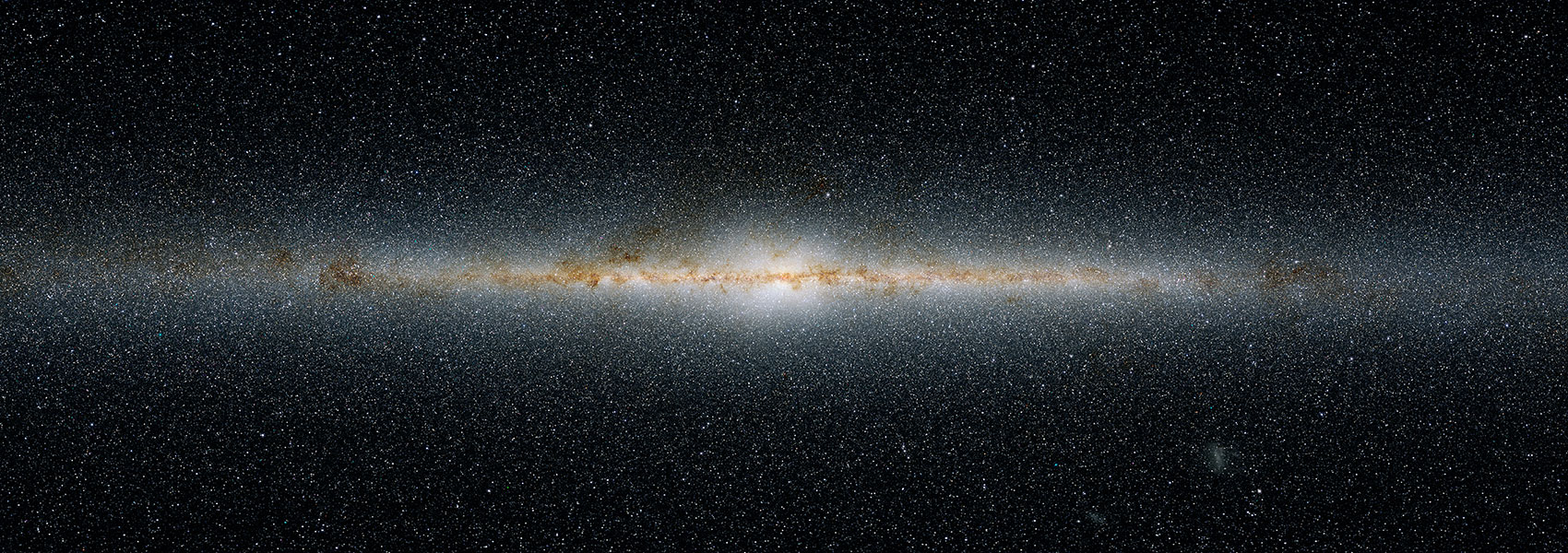August
2021
•
2021ApJS..255...27D
Authors
•
Den Hartog, E. A.
•
Lawler, J. E.
•
Sneden, C.
•
Cowan, J. J.
•
Roederer, I. U.
•
Sobeck, J.
Abstract
•
The goals of this study are (1) to test the best theoretical transition probabilities for Ca I (a relatively light alkaline earth spectrum) from a modern ab initio calculation using configuration interaction plus many-body perturbation theory against the best modern experimental transition probabilities and (2) to produce as accurate and comprehensive a line list of Ca I transition probabilities as is currently possible based on this comparison. We report new Ca I radiative lifetime measurements from a laser-induced fluorescence experiment and new emission branching fraction measurements from a 0.5 m focal length grating spectrometer with a detector array. We combine these data for upper levels that have both a new lifetime and new branching fractions to report log(gf) values for two multiplets consisting of nine transitions. Detailed comparisons are made between theory and experiment, including the measurements reported herein and a selected set of previously published experimental transition probabilities. We find that modern theory compares favorably to experimental measurements in most instances where such data exist. A final list of 202 recommended transition probabilities is presented, which covers lines of Ca I with wavelengths ranging from 2200 to 10000 Å. These are mostly selected from theory but are augmented with high-quality experimental measurements from this work and from the literature. The recommended transition probabilities are used in a redetermination of the Ca abundance in the Sun and in the metal-poor star HD 84937. * Based on observations made with the NASA/ESA Hubble Space Telescope, obtained at the Space Telescope Science Institute, which is operated by the Association of Universities for Research in Astronomy, Inc., under NASA contract NAS 5-26555. The data presented in this paper were obtained from the Barbara A. Mikulski Archive for Space Telescopes. Other data have been obtained from the European Southern Observatory Science Archive Facility.
Links



